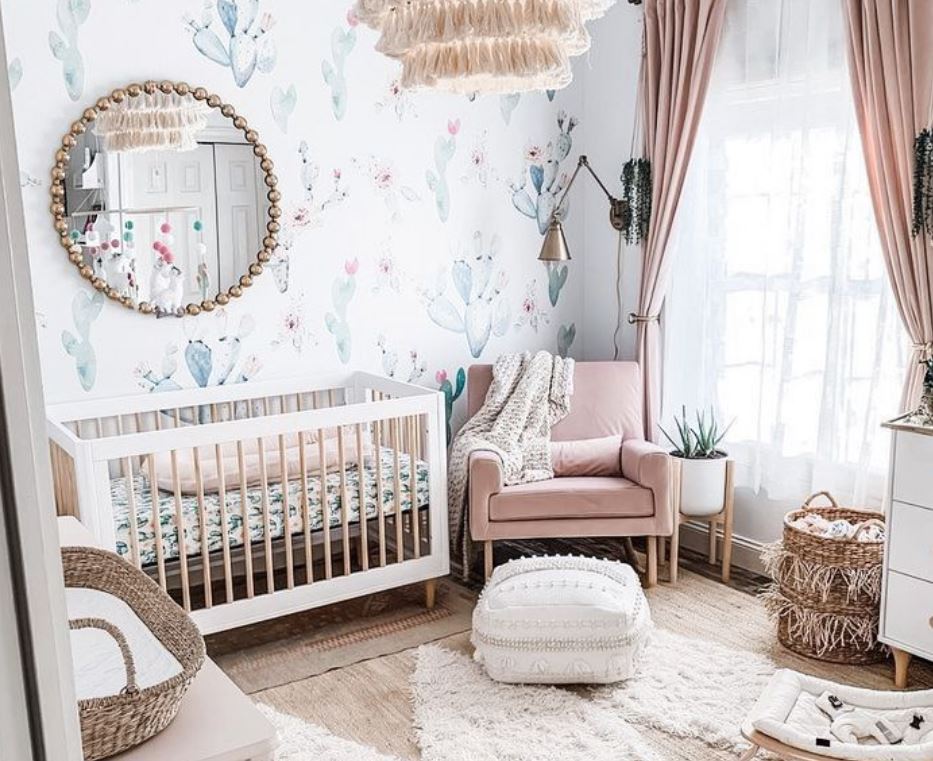How Do You Arrange the Baby’s Room? A Guide to Creating a Safe, Functional, and Adorable Space
Welcoming a new baby into your home is one of life’s most exciting and transformative moments. As you prepare for this new chapter, one of the most important tasks is arranging the baby’s room. This space will serve as a sanctuary for your little one—a place for sleep, play, and growth. But how do you create a room that’s not only adorable but also safe, functional, and adaptable to your baby’s needs? Let’s dive into some practical tips and creative ideas to help you design the perfect nursery.
1. Start with Safety First
Before you get carried away with cute decor and trendy furniture, safety should be your top priority. Babies are curious explorers, and their room needs to be a hazard-free zone. Here’s how to ensure the space is safe:
- Choose Non-Toxic Materials: Opt for furniture, paint, and decor made from non-toxic, baby-safe materials. Look for certifications like Greenguard or OEKO-TEX to ensure products are free from harmful chemicals.
- Anchor Furniture: Secure dressers, bookshelves, and other heavy furniture to the wall to prevent tipping. Babies love to climb, and accidents can happen in seconds.
- Cover Electrical Outlets: Use outlet covers to keep tiny fingers away from sockets.
- Avoid Small Decor Items: Small objects can pose a choking hazard. Keep decorations out of reach or opt for larger, wall-mounted pieces.
- Install Baby Gates: If the nursery is on a different floor or near stairs, install baby gates to prevent falls.
2. Choose a Functional Layout
A well-thought-out layout is key to making the nursery functional for both you and your baby. Here’s how to arrange the room for maximum convenience:
- Crib Placement: Position the crib away from windows, blinds, and cords to reduce the risk of accidents. Ensure it’s easily accessible from the door so you can check on your baby without disturbing their sleep.
- Changing Station: Place the changing table near the crib for quick diaper changes. Keep diapers, wipes, and creams within arm’s reach, but out of your baby’s grasp.
- Nursing or Feeding Area: If you plan to breastfeed or bottle-feed in the nursery, create a cozy corner with a comfortable chair, a side table for essentials, and soft lighting.
- Storage Solutions: Use baskets, bins, and shelves to organize clothes, toys, and supplies. Labeling storage containers can save you time when you’re searching for items.
3. Pick a Theme or Color Scheme
Choosing a theme or color scheme can make the nursery feel cohesive and visually appealing. Whether you prefer a minimalist look or a whimsical design, here are some ideas to inspire you:
- Gender-Neutral Themes: Opt for themes like animals, nature, or geometric patterns. Colors like soft gray, mint green, and mustard yellow work well for gender-neutral spaces.
- Bold and Bright: If you love vibrant colors, consider a rainbow theme or primary colors paired with playful patterns.
- Soft and Serene: Pastel shades like blush pink, baby blue, and lavender create a calming atmosphere, perfect for a nursery.
- Personalized Touches: Incorporate your baby’s name into the decor with wall art, a custom rug, or embroidered pillows.
4. Invest in Multi-Functional Furniture
Babies grow quickly, and their needs change just as fast. To make the most of your space and budget, choose furniture that can adapt over time:
- Convertible Cribs: These cribs can transform into toddler beds, daybeds, or even full-sized beds, saving you money in the long run.
- Dresser with Changing Topper: A dresser with a removable changing topper can serve as both a storage solution and a changing station.
- Storage Ottomans: These provide extra seating and storage for toys, blankets, or books.
- Adjustable Shelving: As your baby grows, their storage needs will change. Adjustable shelves can accommodate everything from baby bottles to toddler toys.
5. Create a Calming Sleep Environment
A good night’s sleep is essential for both babies and parents. To create a soothing sleep environment, consider the following:
- Blackout Curtains: These can help block out light during naps and bedtime, promoting better sleep.
- White Noise Machine: A white noise machine can drown out household noises and help your baby fall asleep faster.
- Comfortable Bedding: Choose a firm mattress and fitted sheets that meet safety standards. Avoid pillows, blankets, and stuffed animals in the crib to reduce the risk of suffocation.
- Soft Lighting: Use a dimmable lamp or nightlight for nighttime feedings and diaper changes.
6. Add Personal and Playful Touches
While functionality is important, don’t forget to infuse the room with personality and charm. Here are some ideas to make the nursery uniquely yours:
- Wall Art: Hang framed prints, DIY artwork, or decals that reflect your chosen theme.
- Interactive Elements: Add a mobile above the crib or a wall-mounted activity center to stimulate your baby’s senses.
- Bookshelf: Display colorful children’s books within reach to encourage a love of reading from an early age.
- Memory Wall: Dedicate a space to photos, handprints, or milestones to document your baby’s growth.
7. Keep It Flexible
As your baby grows, their needs and preferences will evolve. Design the nursery with flexibility in mind so you can easily update the space without a complete overhaul. For example:
- Swap Out Decor: Change wall art, bedding, and accessories to match your toddler’s interests.
- Reorganize Storage: As toys and clothes accumulate, adjust your storage solutions to keep the room clutter-free.
- Repurpose Furniture: Convert the changing table into a regular dresser or use the crib as a daybed.
8. Don’t Forget About Yourself
While the nursery is primarily for your baby, it’s also a space where you’ll spend a lot of time. Make sure it’s comfortable and functional for you too:
- Comfortable Seating: Invest in a glider or rocking chair with plenty of cushioning for those late-night feedings.
- Convenient Storage: Keep a basket or drawer stocked with essentials like burp cloths, pacifiers, and snacks for yourself.
- Relaxing Atmosphere: Add a few personal touches, like a framed photo or a scented candle (out of reach), to make the space feel inviting.
Final Thoughts
Arranging your baby’s room is an exciting opportunity to create a space that’s both practical and beautiful. By prioritizing safety, functionality, and flexibility, you can design a nursery that grows with your child and meets your family’s needs. Remember, there’s no one-size-fits-all approach—trust your instincts, have fun with the process, and enjoy creating a special place for your little one to thrive.
What’s your favorite nursery design tip or theme? Share your thoughts in the comments below—we’d love to hear from you! And if you found this guide helpful, don’t forget to share it with other expecting parents. Happy nesting!






